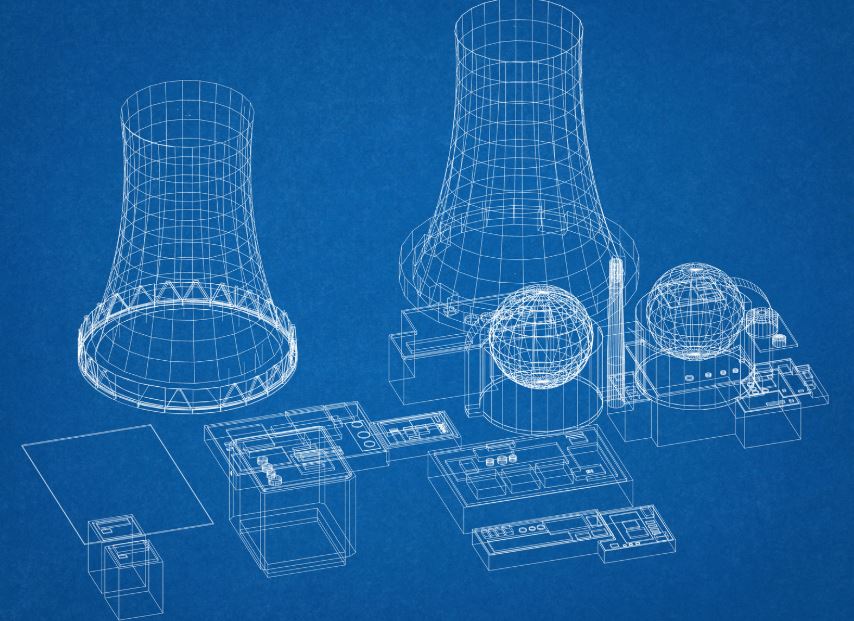In the context of global energy consumption, which is projected to increase by nearly 50% by 2050 according to the U.S. Energy Information Administration, Small Modular Reactors have generated significant interest. Their modular construction allows for scalability and could potentially replace aging fossil fuel plants or complement renewable energy sources. Yet, while potential benefits are clear, progress is contingent on overcoming formidable challenges that continue to impede deployment.
Regulation remains a substantial barrier. With nuclear energy traditionally surrounded by stringent safety concerns and a complex approval process, streamlining regulatory frameworks for SMRs is essential but fraught with difficulties. The Swedish Radiation Safety Authority in Lund is tasked with balancing thorough safety assessments with the need for regulatory agility. Industry experts are calling for international cooperation in establishing standardized approval processes, which could expedite SMR adoption not just in Sweden but across nations poised to embrace this technology.
Financial constraints also pose significant challenges. The upfront costs, though lower than traditional large reactors, still require substantial initial investment. Governments and private firms are exploring financing models to mitigate risks. In Lund, collaborative efforts involving public-private partnerships are being considered to fund pilot projects, potentially setting a precedent for global financing mechanisms.
Technologically, the industry is still refining the reactor designs to enhance efficiency and safety. While generation IV reactor designs introduce promising features such as passive safety systems, their implementation is nascent. Lund’s pilot projects aim to address these technological maturation gaps, with ongoing studies focusing on design optimization and operational testing.
Ultimately, while Lund’s venture into SMR deployment is an important bellwether for nuclear innovation, the path is far from smooth. It underscores the critical intersection of regulatory reform, financial innovation, and technological advancement. Despite these challenges, the pursuit of SMRs in Lund serves as a vital exploration into the future of clean, reliable energy—a pursuit watched closely by policymakers, investors, and environmentalists worldwide.





